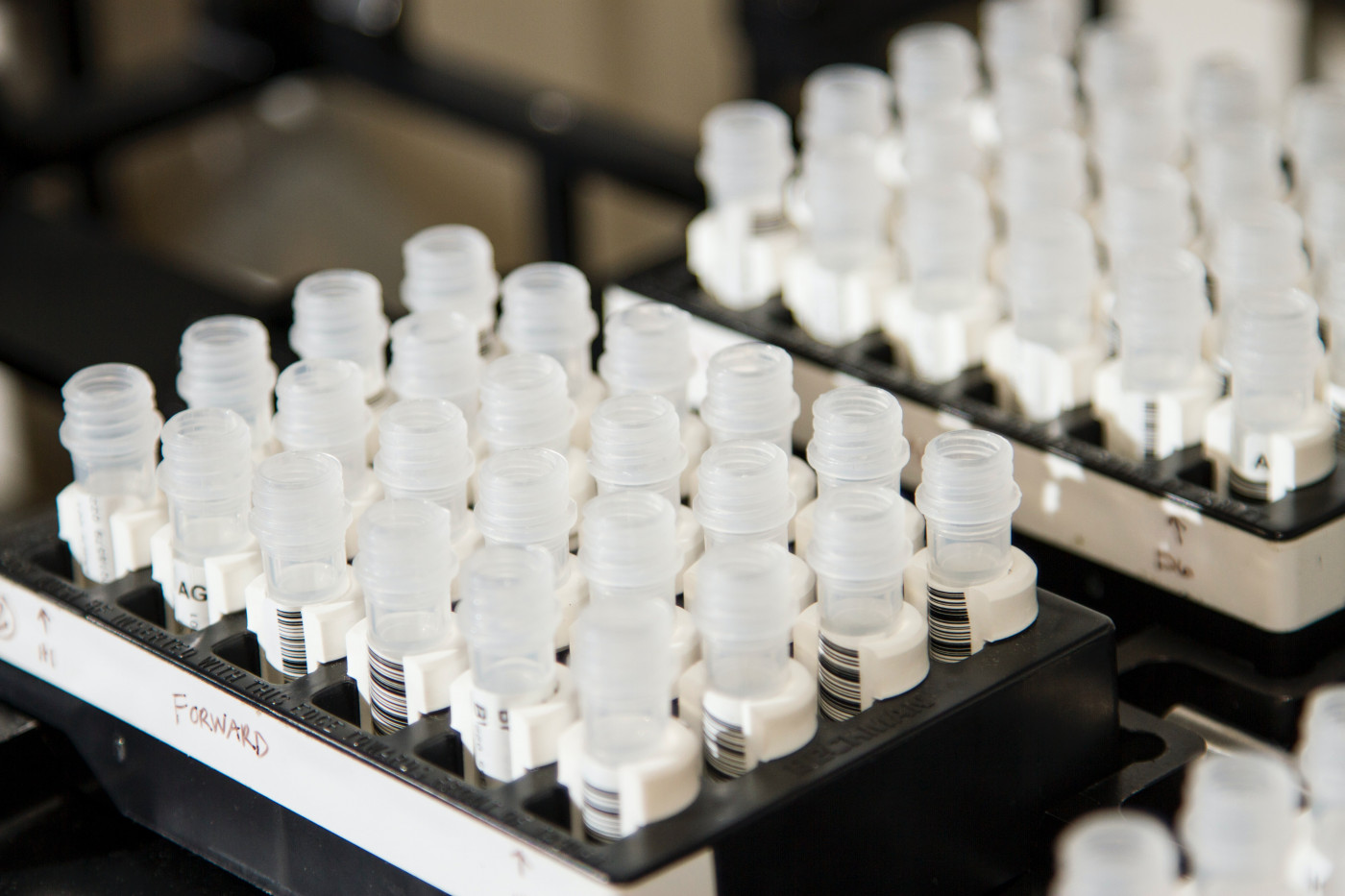Case Report Supports Greater Diversity in Mutations Causing Classical EDS

genetic testing
A type of mutation not usually considered when screening possible cases of classical Ehlers–Danlos syndrome (EDS) was found to underlie the disease in a child whose parents did not carry the mutation.
The findings call for a broadening of the portfolio of mutations in genetic testing, researchers said.
The case report, “Clinical and genetic analysis of classical Ehlers–Danlos syndrome patient caused by synonymous mutation in COL5A2,” was published in the journal Molecular Genetics & Genomic Medicine.
Classical EDS is caused by defects in collagen, a protein in the connective tissue that provides support and binds together the body’s tissues and organs.
Most people with classical EDS have mutations in either COL5A1 or COL5A2, two genes encoding parts of type 5 collagen. The majority of mutations result in changes in a single amino acid — the building blocks of proteins — which affect the structure and function of the whole protein.
Other mutations, called synonymous mutations, change the sequence of a gene without changing the sequence of amino acids.
So far, only one synonymous mutation in COL5A2 has been found to cause disease. The mutation was predicted by four different computer programs to affect splicing of a certain DNA sequence. Notably, splicing is the process during which introns, or non-coding regions of DNA, are removed while exons — coding regions of DNA — are connected to one another. As such, any changes to splicing might affect the structure and function of a protein as well.
Now, researchers from China reported the case of a 5-year-old boy with classical EDS who carried that same mutation.
His initial diagnosis was made based on physical examination. The boy’s clinical features were typical of classical EDS: his skin was hyperextensible or unusually stretchy, and he bruised easily. He had scars since earlier childhood, and additionally, his joints flexed and extended beyond the normal range.
The patient had undergone surgery for scoliosis — a sideways curvature of the spine — when he was just over 2 years old (28 months) and had shown delayed psychomotor development. Of note, none of his relatives had EDS.
Whole-exome sequencing, a technique to reveal the sequence of protein-coding regions, was done in hopes of finding a diagnosis. That testing revealed the boy carried a mutation in one of the two copies of exon 29 of COL5A2 (NM_000393.5: c.1977G>A).
In most people with classical EDS, the disease is inherited from parents who are carriers of mutations. But in this case, the mutation occurred de novo, meaning it was not present in either parent.
As predicted previously by computer software, the mutation affected splicing, causing the deletion of the 18 amino acids that are encoded by exon 29. In other words, the resulting protein was shorter.
This change affected not only the structure but also the function of collagen.
Collagen is built up of three helix-shaped chains bundled around each other. Upon close examination of a piece of tissue taken from the boy’s skin of the left knee, the researchers found that the connective tissue was loosely packed and that collagen bundles had varying diameters and were organized irregularly.
“Our study further demonstrates the functional changes of an unusual synonymous mutation of the COL5A2 gene,” the researchers concluded.
“This result highlights the need to include splicing-altering synonymous mutations into the screening for [classical EDS],” they wrote.





